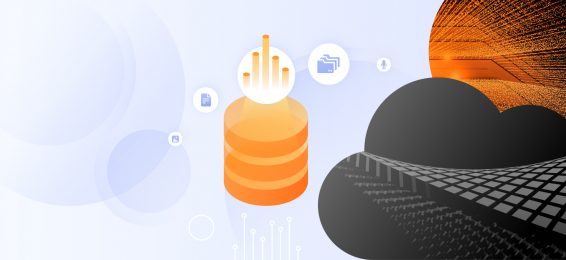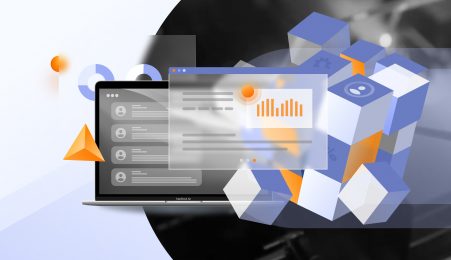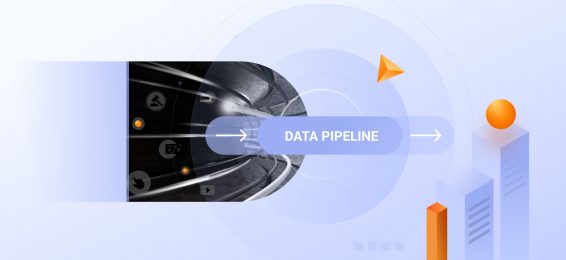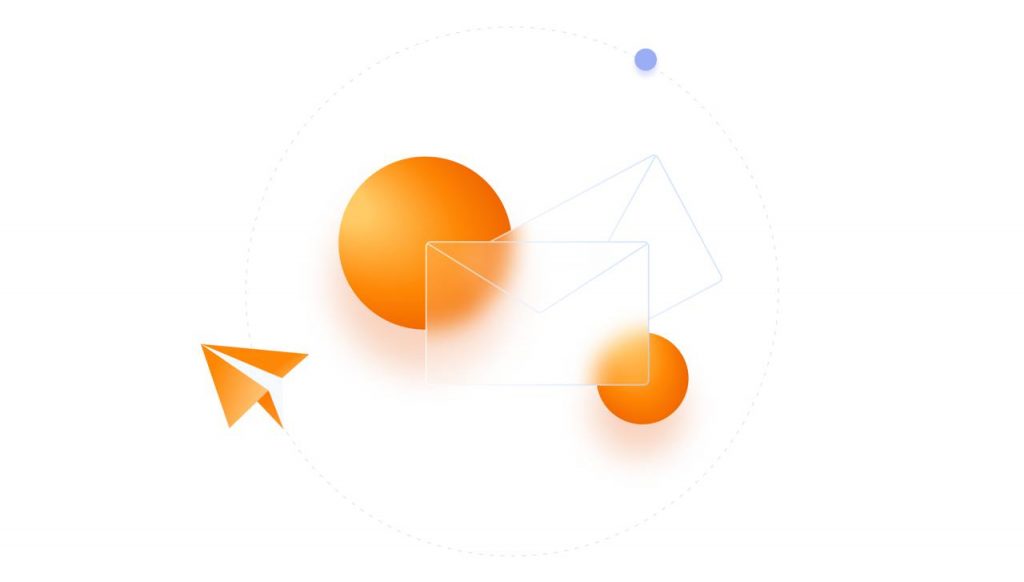What defines the digital twin concept and why is it revolutionary?
A digital twin represents a virtual replica of physical objects, processes, or systems that can be used for simulation, monitoring, and optimization. Digital twinning creates a bridge between the physical and digital worlds, enabling real-time analysis and predictive maintenance. The digital twin concept has transformed how organizations understand and interact with their physical assets through sophisticated virtual representations.
How do real-world examples demonstrate digital twin applications?
Common examples of digital twin technology include:
- Manufacturing equipment simulations
- Smart building management systems
- Virtual city planning models
- Aircraft engine monitoring
- Supply chain optimization
These applications showcase how digital twins work in practice, providing valuable insights for decision-making and operational improvement.
What are the four fundamental types of digital twins?
Digital twins can be categorized into four main types:
- Component Twins:
- Model individual parts
- Monitor specific components
- Track performance metrics
- Asset Twins:
- Represent complete machines
- Integrate multiple components
- Enable system-level analysis
- Process Twins:
- Simulate operational workflows
- Optimize procedures
- Monitor efficiency
- System Twins:
- Model entire facilities
- Integrate multiple asset twins
- Enable comprehensive optimization
What defines the five levels of digital twin maturity?
The digital twin definition encompasses five progressive levels:
Level 1: Digital Model
- Basic 3D representation
- Static information
- Limited functionality
Level 2: Digital Shadow
- One-way data flow
- Manual updates
- Basic monitoring
Level 3: Digital Twin
- Bi-directional data flow
- Automated updates
- Real-time monitoring
Level 4: Adaptive Twin
- AI-powered analysis
- Predictive capabilities
- Autonomous optimization
Level 5: Intelligent Twin
- Advanced AI integration
- Self-learning capabilities
- Autonomous decision-making
Understanding these levels helps organizations plan their digital twin development strategy and identify appropriate digital twin maintenance edge computing requirements. Whether implementing digital twin 3D models or more complex virtual twins, organizations must consider their specific needs and capabilities when adopting this technology.
The evolution of digital twinning continues to expand its applications across industries, making it an essential tool for modern business operations and industrial optimization.



